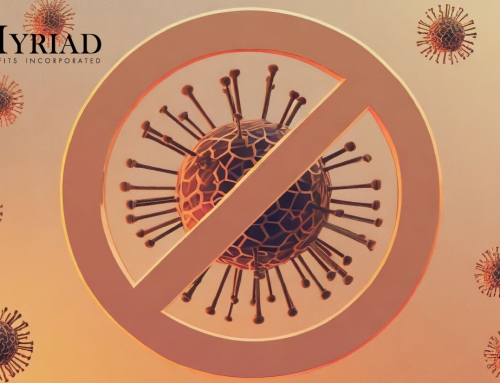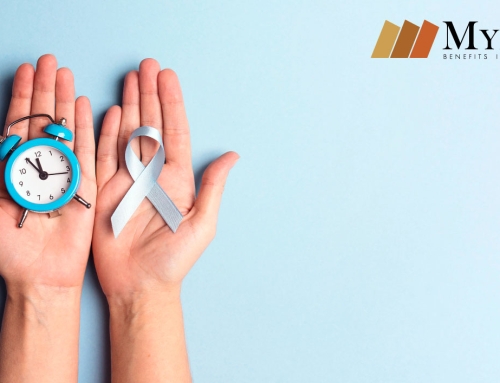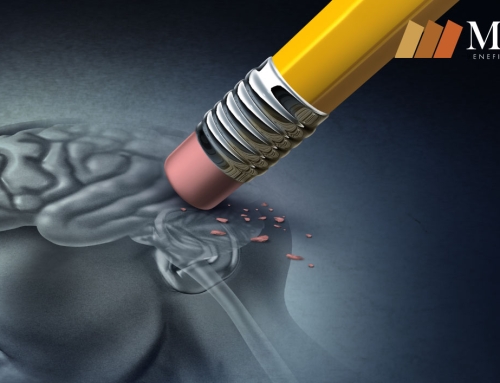Autism spectrum disorder (ASD), according to DSM-5, is a brain development disorder that begins in childhood and lasts a lifetime. It appears in the first three years of life and affects boys more often than girls. The diagnosis of ASD includes several features that used to be diagnosed separately and include autism disorder, generalized unspecified developmental disorder, and Asperger’s syndrome. Now they are all called autism spectrum disorders.
Signs and Symptoms
Early signs and symptoms usually appear around 12 to 18 months of age or earlier. In general, the characteristics of autism spectrum disorder appear during the first three years of life.
- Problems with eye contact.
- Does not answer to his name.
- Trouble following another person’s gaze or a finger pointing at an object.
- Little skill for games that require imitation.
- Problems with nonverbal communication.
- Little language or no language.
- Cannot stand loud or loud noises.
- Does not look straight or directly into the eyes.
- Shows disinterest in his surroundings.
- Often gets angry and throws tantrums.
- Tends to gather objects.
- Refuses physical contact.
- Do not obey or follow instructions.
- Shows disinterest in social relations.
- Perform repetitive movements.
Early detection and intervention improve treatment outcomes. It is important to try to detect these symptoms as soon as possible. At each pediatric checkup, the health care professional will evaluate the child’s development to detect any problems, even if the parents or caregivers do not report any sign of a problem.
Some Support Entities
- Puerto Rico Autism Alliance https://www.facebook.com/alianzaautismo.org
- CODERI https://www.coderipr.com/quienes-somos
- APNI Support Network http://apnipr.org
By: Tania Mangual-Monzón, MS, BHE
Sources:
Centers for Disease Control and Prevention
Medline Plus













